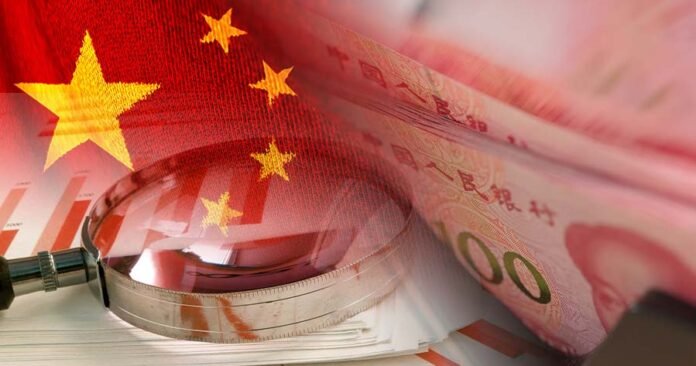China’s Consumer Price Index (CPI) has recently captured the attention of economists and analysts alike, as it accelerated to its fastest pace in five months, according to data released by the National Bureau of Statistics (NBS) on Sunday. This uptick in inflation is significant, particularly as it reflects broader economic trends and consumer behavior in the world’s second-largest economy.
In January, the CPI rose by 0.5 percent year-on-year, a notable increase from the mere 0.1 percent recorded in December. This shift indicates a growing momentum in consumer prices, which can have various implications for economic policy and consumer confidence. Dong Lijuan, a statistician at the NBS, attributed this rise largely to the effects of the Spring Festival holiday, a time when consumer spending typically surges as families gather and celebrate.
The Spring Festival, also known as the Lunar New Year, is a critical period for retail and service sectors in China. During this festive season, spending patterns often shift, with consumers indulging in shopping sprees, dining out, and traveling. The NBS data reflects this trend, as the core CPI, which excludes volatile food and energy prices, also saw an increase of 0.6 percent year-on-year in January, up from a 0.4 percent rise in December. This suggests that even when accounting for essential commodities, consumer prices are on the rise, indicating a broader inflationary trend.
On a month-to-month basis, the CPI expanded by 0.7 percent in January, further emphasizing the seasonal impact of the holiday. However, analysts have pointed out that consumer spending during this period was mixed. While there was a noticeable increase in attendance at movie theaters and a rise in expenditures on shopping, catering, and domestic travel, the overall per capita spending during the holiday only grew by 1.2 percent compared to the previous year. This figure starkly contrasts with the 9.4 percent increase observed in 2024, highlighting a potential slowdown in consumer enthusiasm.
In addition to the CPI, the NBS also reported on the Producer Price Index (PPI), which measures the average changes in prices received by domestic producers for their output. In January, the PPI fell by 2.3 percent year-on-year, matching the decline recorded in December. This drop in producer prices can indicate a cooling manufacturing sector, which may influence future consumer prices as businesses adjust to lower input costs.
On a month-to-month basis, the PPI decreased by 0.2 percent, suggesting that producers are facing ongoing challenges in maintaining price levels amidst fluctuating demand and supply chain dynamics. The interplay between the CPI and PPI is crucial for understanding inflationary pressures within the economy, as changes in production costs can eventually trickle down to consumers.

